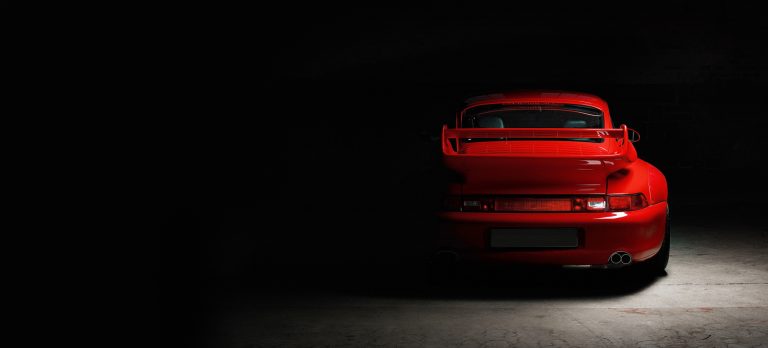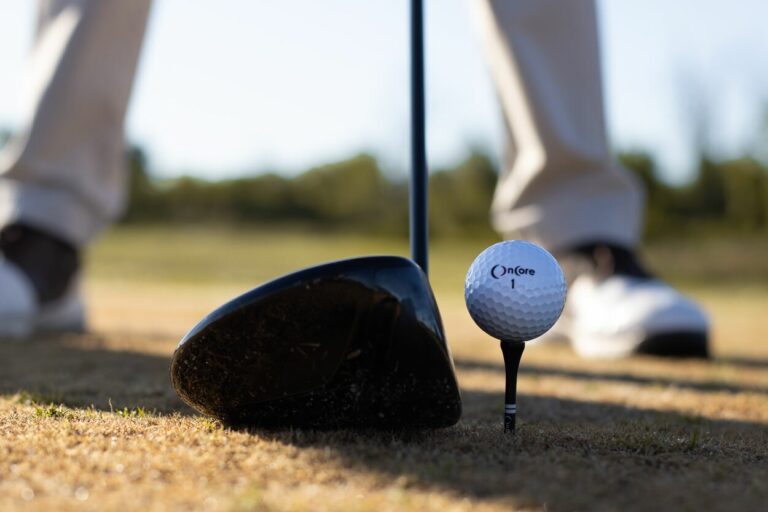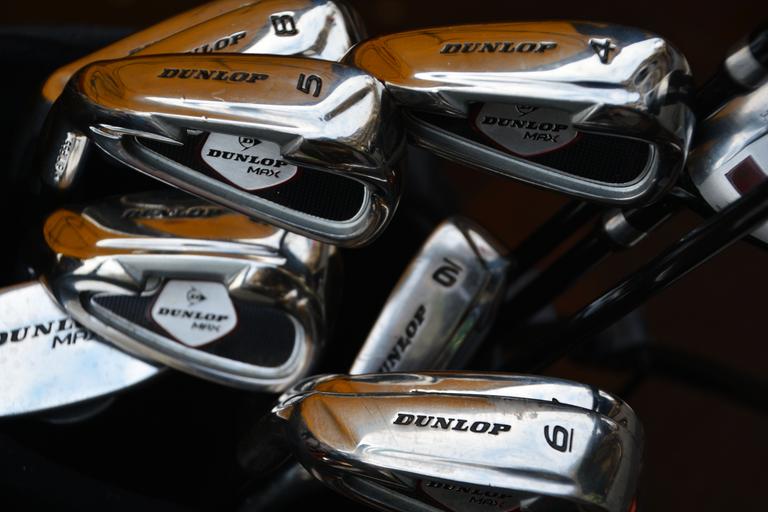Why Does My Golf Club Rattle? (How to Fix it)
A rattling sound at an unknown location in the house while trying to catch some sleep is annoying, but nothing is as irritating as a rattling golf club.
Since I couldn’t bear with mine anymore, I sought to discover why my new golf club rattles. Here is what I came up with after thorough research.
A golf club rattles when some components become loose, sometimes as a manufacturing defect and other times dues to rough use. In other cases, small pieces of materials inside the golf club may come loose, especially in the driver’s head, producing a rattling sound. If the noise originates from the shaft, loose balancing weights or epoxy glue is usually to blame.
How to know if golf clubs are bad?
A rattling golf club doesn’t mean automatically that it’s terrible. Most of the time, it is due to something coming loose or epoxy. While the rattling noise will not affect your shot, you still need to establish the cause and fix it immediately.
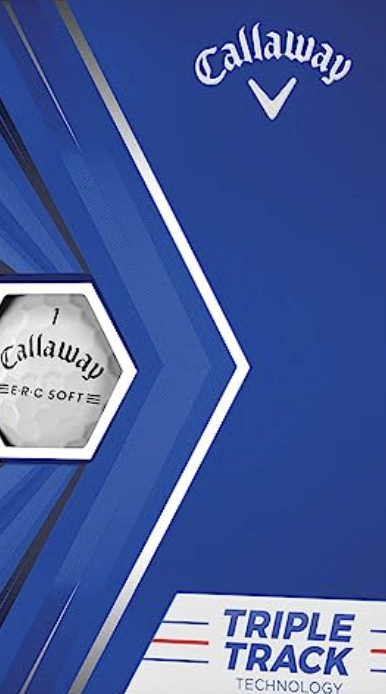
of Callaway ERC Triple
Track Golf Balls for
yourself or your buddy!
Why My Golf Club Rattles?
Here are the reasons your golf club is producing that annoying sound;
Manufacturing Defects
I don’t have any problem with old golf clubs rattling since they have seen better days. But when a new one behaves similarly, it is often a manufacturing defect.
Nothing is perfect, and the golf club may have come out of the production line imperfect, even with all quality assurance processes. Some parts were improperly joined, or the golf club didn’t get enough epoxy.
Fortunately, my golf club came with a warranty, and all I did was use it to acquire a new golf club. If you don’t have a contract, take it to a golf club repair technician.
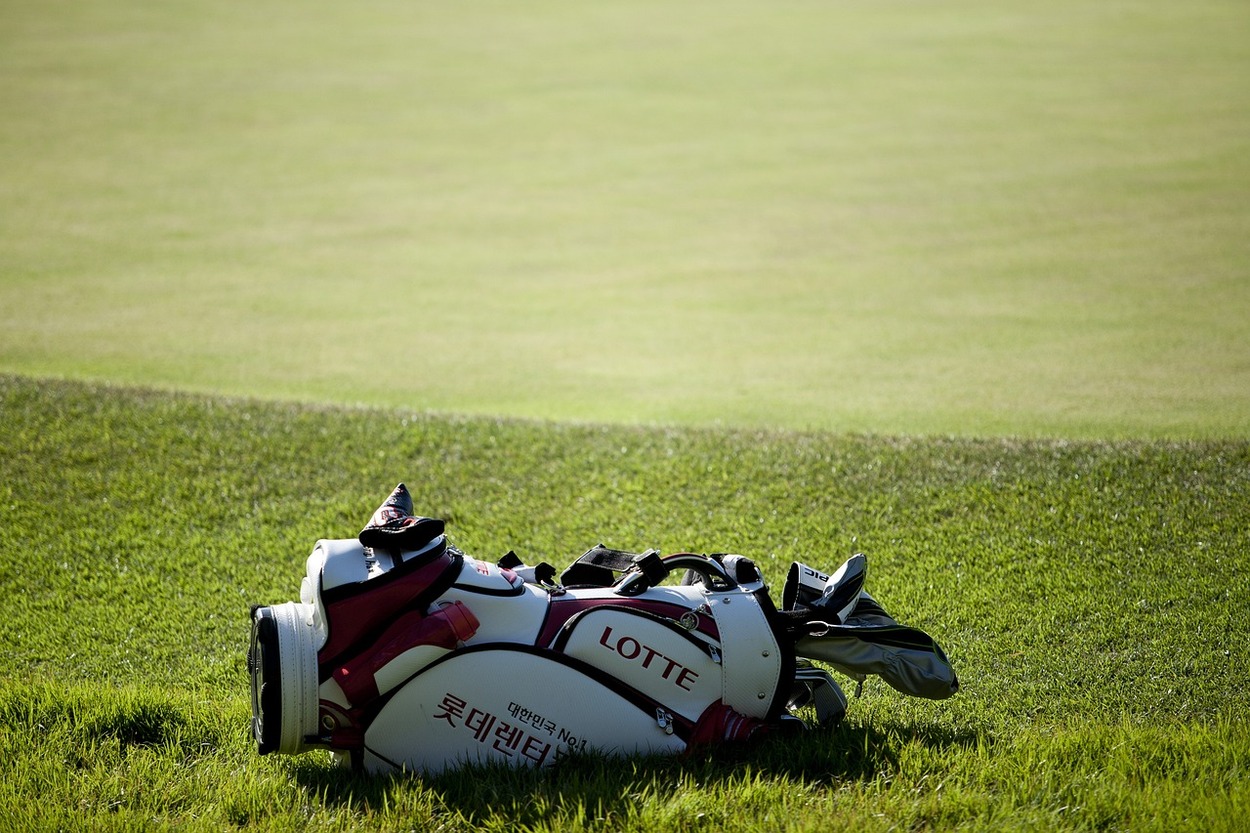
Materials
Some materials are more prone to damage than others.
Graphite Shafts
Graphite is the softest material used in making golf club shafts and can easily get damaged. If the rattling originates from the shaft, it may have chipped off inside or a piece broken off from the epoxy.
Steel Shafts
Steel is stronger than graphite but prone to rusting. Typically, loose materials may chip off the sides due to rusting. Other times, the epoxy holding the shaft and the clubhead together may come off. Other times, loose material added for swing weight may be to blame.
Head Rattles
When the clubhead rattles, blame it on water infiltration. However, rattling often comes from metal flakes dislodging from the titanium face or the head frame.
Loose Added Weight
Some companies like Titleist often put hot melt or lead to the hosel to add weight, and these weights sometimes come loose and create a rattling sound. However, not all brands do that, and you have to confirm whether the noise is genuine with the local dealer. Fortunately, you should be covered by the warranty if you purchased new inventory less than one year ago.
Staying at the Store for Too Long
Some brands are popular while others are not, and if you purchased the golf club from a downtown company with a small moving inventory, that explains the rattle.
The golf club has probably been sitting in some warehouse for more than three years in a harsh environment.
Transport and storage phases matter a lot because the items may be knocked over, dropped carelessly, or even stored in extreme temperatures. This causes the club to rust from the inside out or the epoxy to break loose inside the shaft.
Counterfeit
This is a no-brainer because the material is substandard. Because of economic pressure or some people seeing it as a waste to spend good money on a worthwhile golf club, they purchase a cheap one at discounted prices.
Counterfeit products only last for a short time and then begin to degrade quickly. Unfortunately, there isn’t much you can do about fake golf clubs because they have no warranty.
You can probably try a do-it-yourself repair at home.
How Do You Fix a Loose Club Head?
If you notice the shaft is turning in the hosel, you have a loose club head on your hands. Don’t worry because it is one of the most common golf club repairs after the ferrule repair. You only need simple tools like a vice grip, epoxy, a fire torch, and a few minutes to get the job done.
| 1. Separate the head and the shaft in preparation for a new epoxy application |
| 2. Clean the shaft |
| 3. Prepare the club head |
| 4. Glue the head and the shaft using epoxy |
Here is a detailed step-by-step procedure on how to go about it.
Make sure that it’s the head and not the ferrule that is the loose piece. The ferrule sometimes comes loose and starts sliding up and down the shaft.
1. Separate the head and the shaft in preparation for a new epoxy application
Begin by pulling back the ferrule out of the way to avoid damage, scuffing, or denting. If it is not coming off, apply a little bit of heat, then wrap it with a wet paper towel. It should be able to come off. Clean out the hosel and the shaft. Apply some heat using a torch or a heat gun. This will soften the epoxy, making it easier to get rid of. Clean it off with a wire brush.
2. Clean the shaft
Cleaning the shaft is a little more complicated, depending on the material. Steel shafts are easier to clean because you can do anything with them, including applying heat. Using the heat torch directly on graphite shafts will make them unusable.
You may risk using the heating torch for 10 seconds, then scrub the residue using a utility knife.
Use the blunt side because the blade will cut into the graphite. Prep the shaft using medium-grade sandpaper. Ensure you don’t scrub or scratch areas of the shaft that didn’t have epoxy previously. For the graphite shaft, ensure that there is no evidence of structural damage, such as dent or cracks, after heating, sanding, and scrubbing.
The final step of prepping the shaft is opening the vent hole. Shafts are made with little continuous holes to absorb some of the pressure when the clubhead is fixed.
The epoxy needs somewhere to go; otherwise, the pressure will loosen the head after being put back together.
Lock the shaft on the vice and create a vent hole using a power 3/32 drill with a very slender drilling bit. Small enough to give you depth but not break or damage the shaft walls.
3. Prepare the club head
This step is much easier than the previous one. Use a heating torch to soften the epoxy inside the clubhead for ten seconds. Scrub the hole with a thin wire brush and blow out the debris. The head and the shaft are finally ready for epoxying.
4. Now glue the head and the shaft using epoxy
You have a choice between a 24-hour epoxy or a fast-drying epoxy. The former is advisable because the head has already come off once, and you aren’t risking it again. Put the head into the steel shaft and replace the ferrule. Wipe off excess epoxy using some cotton wool or a dry cloth. Finally, leave to dry for a day before use.

and apparel.
gear, accessories and apparel. (affiliate link)
How Do I Stop My Golf Clubs From Rattling?
Club driver’s heads sometimes have loose particles that must be held together to stop the rattling. You can attempt to fill the area with rat glue to resolve the problem.
The second option is using foam. This is a perfect idea if you previously used rat glue, and it didn’t fix the issue. However, some people avoid form fillers because they can alter various properties of your golf club, including the sound produced when you hit the golf ball. If you don’t mind the apparent alterations accompanying the action, you can use foam fillers.
However, the key to stopping your golf clubs from rattling is taking good care of them. Driver head shafts are often damaged during a game, and it’s important not to leave them lying around.
Golf club chatter is also common, especially when going to a game, because the clubs keep hitting against each other. Stopping rattling in a golf ball is as simple as covering the club heads.
Read my other article about club heads: Do Golf Clubs Need Covers?

Conclusion
Golf clubs are expensive, and when you spend hundreds of dollars on them, you expect them to last forever.
However, even the best-made clubs can become loose and rattling over time. This is especially common among drivers, fairway woods, hybrids, and even putters.
So, take the tips in this article to fix your clubs and make them last as long as possible.


